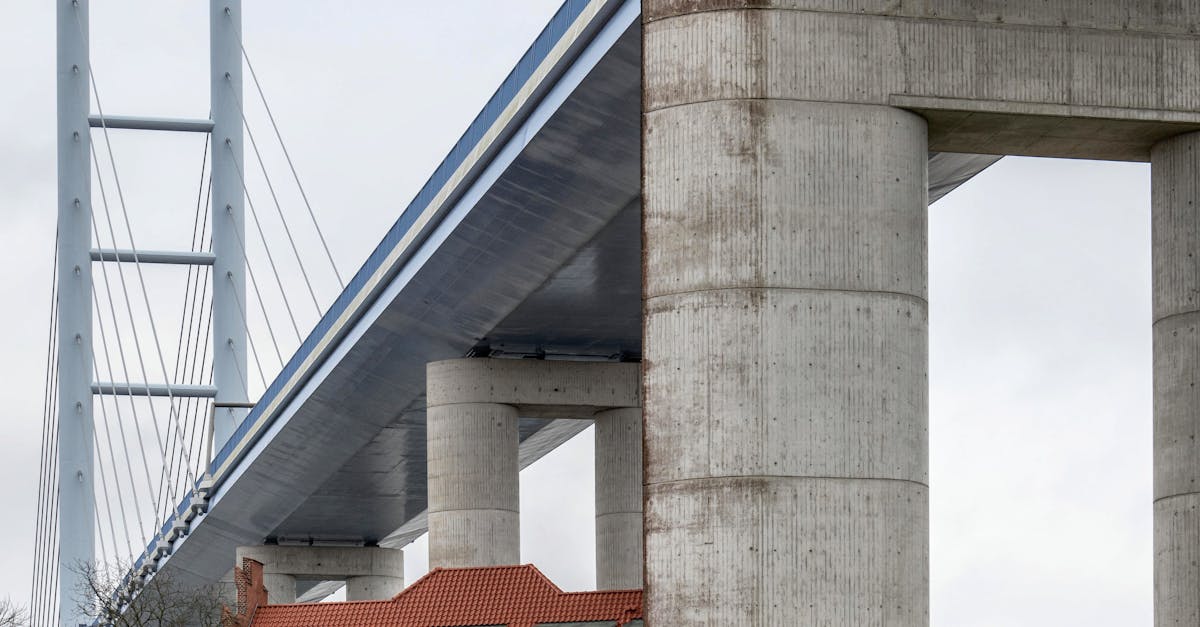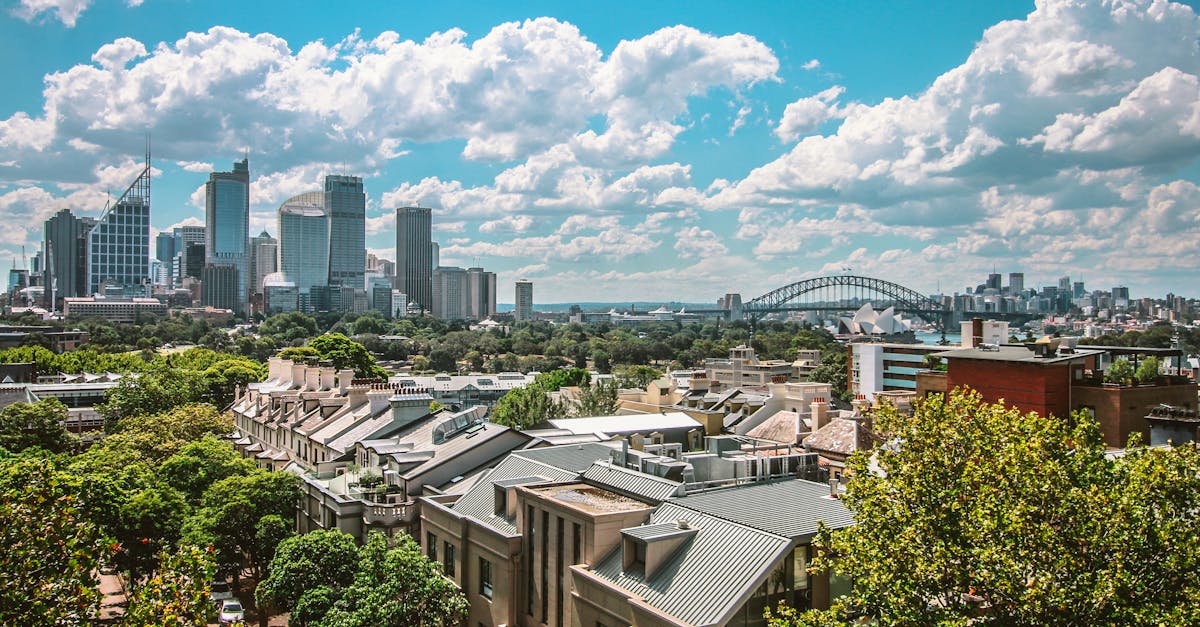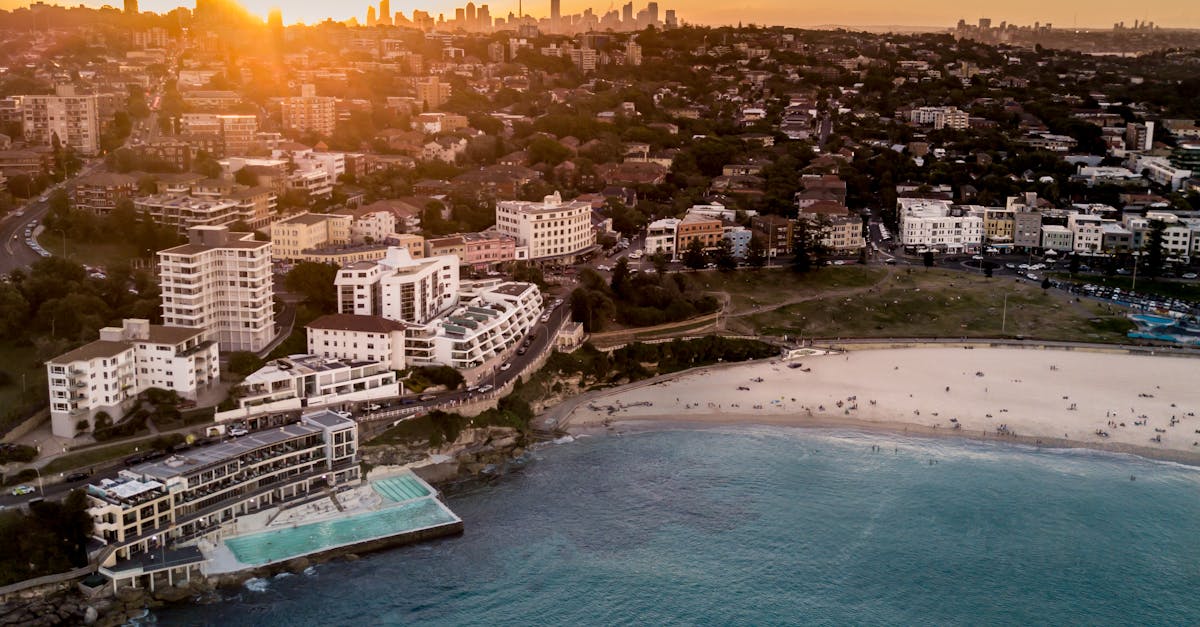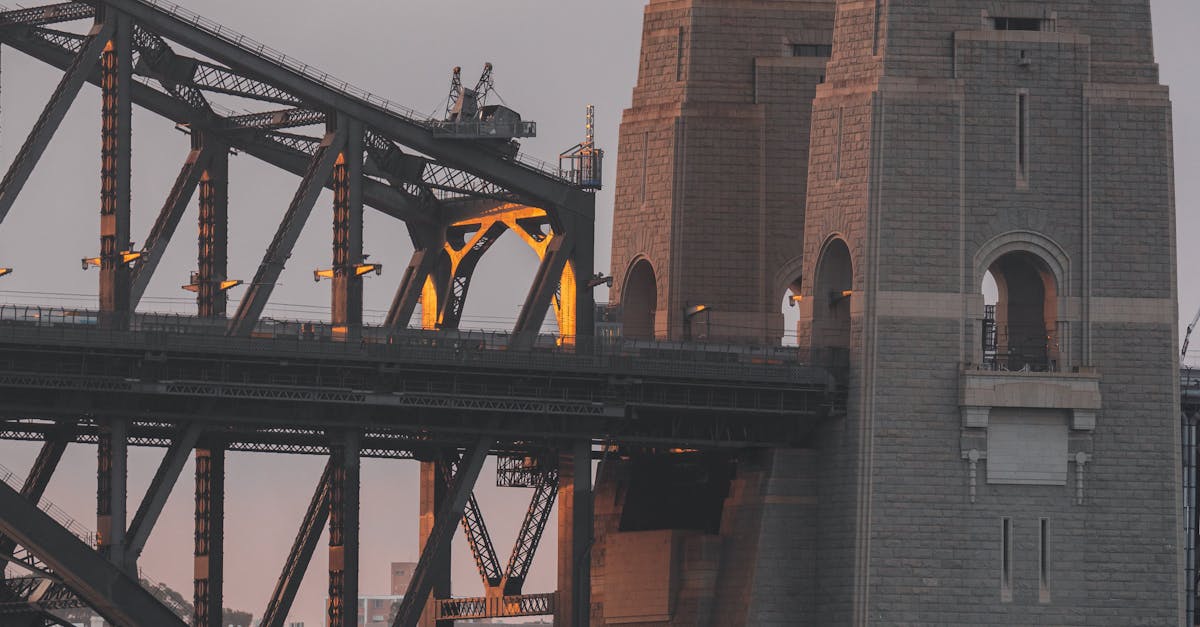
Table Of Contents
Understanding the Relationship Between Fitted Wardrobes and Damp
Fitted wardrobes are a popular choice for homeowners seeking a sleek and customized storage solution. However, concerns have been raised about the potential for dampness issues associated with these built-in units. Custom Built-Ins and Closets in Macquarie Park, New South Wales, have brought attention to the relationship between fitted wardrobes and damp, prompting a closer look into this matter.
The close fit of fitted wardrobes against walls and floors can restrict airflow, leading to a buildup of moisture within the enclosed space. This trapped moisture can create a conducive environment for mold and mildew growth, which can ultimately result in dampness-related problems. Understanding the impact of this relationship is crucial for homeowners looking to maintain the integrity of their custom storage solutions while preventing potential issues that may arise.
Causes of Dampness in Fitted Wardrobes
Fitted wardrobes can sometimes be associated with dampness issues due to the way they are installed in a space. One of the primary causes of dampness in fitted wardrobes is poor ventilation. When wardrobes are built without proper ventilation mechanisms, moisture from the clothes stored inside can accumulate and lead to mold and mildew growth. Additionally, if the fitted wardrobes are custom-built without considering ventilation needs, the risk of dampness increases significantly. In environments with high humidity levels, such as areas near water bodies or regions with frequent rainfall, the chances of dampness in fitted wardrobes also rise. Custom Built-Ins and Closets in Pagewood, New South Wales, often face challenges related to ensuring adequate ventilation in fitted wardrobes to prevent dampness issues.
Another common cause of dampness in fitted wardrobes is inadequate insulation. When the walls or back panels of fitted wardrobes are not properly insulated, they can become cold surfaces that attract condensation. This condensation, if not addressed, can lead to dampness problems inside the wardrobe. In regions with fluctuating temperatures, inadequate insulation coupled with high humidity levels can exacerbate the dampness issues in fitted wardrobes. For residents of Custom Built-Ins and Closets in Pagewood, New South Wales, understanding the impact of insulation in preventing dampness in fitted wardrobes is crucial for maintaining a dry and mold-free storage space.
Signs to Look Out for Regarding Dampness in Fitted Wardrobes
Signs of dampness in fitted wardrobes can be subtle at first but lead to significant issues if left unaddressed. One common indication is the musty odor that permeates the interior of the wardrobe. This smell is often a result of mold and mildew growth due to excess moisture trapped within the confined space. Additionally, if you notice any discoloration on the walls or ceiling near the wardrobe, it could be a sign of water damage caused by dampness. Custom Built-Ins and Closets in Lavender Bay, New South Wales, advise keeping an eye out for any peeling paint or wallpaper within or around the fitted wardrobe, as this can also signal underlying dampness issues that need attention. Regularly inspecting these areas can help detect problems early on and prevent them from worsening.
How to Identify Dampness in Fitted Wardrobes
Identifying dampness in fitted wardrobes is crucial to prevent any potential damage or health risks. One common indicator of dampness is a musty odor emanating from the wardrobe. This smell is often a result of mold or mildew growth due to excess moisture trapped inside the confined space. Additionally, if you notice any dark or discolored spots on the walls or ceiling of the wardrobe, it could be a sign of water infiltration and dampness. Another key clue to look out for is any peeling or bubbling paint or wallpaper, which can indicate moisture issues.
When inspecting fitted wardrobes for dampness, pay close attention to the presence of condensation on the interior surfaces. Condensation forms when warm, moist air comes into contact with cold surfaces, leading to water droplets accumulating. Another clear indication of dampness is if you feel the surfaces inside the wardrobe are damp or wet to the touch. Additionally, keep an eye out for any visible mold or mildew growth as these fungi thrive in damp environments and can pose health risks. Taking proactive measures to identify and address dampness in your fitted wardrobes can help preserve your belongings and maintain a healthy indoor environment. Custom Built-Ins and Closets in Riverwood, New South Wales.
Preventive Measures for Dampness in Fitted Wardrobes
To prevent dampness in fitted wardrobes, ensuring proper ventilation is crucial. Custom Built-Ins and Closets in Pagewood, New South Wales, recommend leaving some space between the back of the wardrobe and the wall to allow air to circulate. This helps reduce the chances of moisture buildup, which can lead to damp conditions inside the wardrobe. Additionally, using moisture-absorbing products such as silica gel packets or dehumidifiers can help maintain the dryness of the wardrobe's interior.
Regularly inspecting and maintaining fitted wardrobes can also contribute to damp prevention. Custom Built-Ins and Closets suggest checking for any signs of leaks or water damage near the wardrobe. Addressing these issues promptly can prevent water from seeping into the wardrobe and causing dampness. Furthermore, organizing the contents of the wardrobe in a way that promotes airflow can help prevent moisture accumulation. By implementing these preventive measures, individuals can enjoy their fitted wardrobes without the worry of dampness.
Tips to Avoid Dampness Issues in Fitted Wardrobes
Custom built-ins and closets in Avalon Beach, New South Wales can greatly enhance the aesthetics and functionality of a bedroom or living space. However, to avoid dampness issues with fitted wardrobes, proper ventilation is essential. Ensure that there is ample space between the back of the wardrobe and the wall to allow for air circulation. Additionally, using moisture-absorbing materials such as silica gel packets or dehumidifiers can help maintain the ideal humidity levels inside the wardrobe.
Another tip to prevent dampness in fitted wardrobes is to regularly inspect and clean them. Wipe down the interior surfaces to remove any dust or moisture buildup that could lead to mold growth. Periodically check for any signs of water damage or leaks in the surrounding area of the wardrobe. By staying proactive and diligent in maintenance, you can preserve the quality of your custom built-ins and keep dampness issues at bay.
FAQS
Do fitted wardrobes cause damp?
Fitted wardrobes themselves do not cause damp. However, they can contribute to dampness if proper ventilation is not maintained around them.
How can dampness occur in fitted wardrobes?
Dampness in fitted wardrobes can occur due to poor ventilation, water leaks, condensation, or high humidity levels in the room.
What are some signs of dampness to look out for in fitted wardrobes?
Signs of dampness in fitted wardrobes include musty odors, mold or mildew growth, peeling paint or wallpaper, and damp or discolored spots on the walls or ceiling near the wardrobe.
How can I identify dampness in my fitted wardrobe?
You can identify dampness in your fitted wardrobe by checking for any visible signs of mold, mildew, or damp patches, as well as feeling for moisture or a musty smell inside the wardrobe.
What preventive measures can I take to avoid dampness in fitted wardrobes?
To prevent dampness in fitted wardrobes, make sure to maintain good ventilation around the wardrobe, keep the room well-heated and insulated, address any water leaks promptly, and use moisture-absorbing products if needed.





























